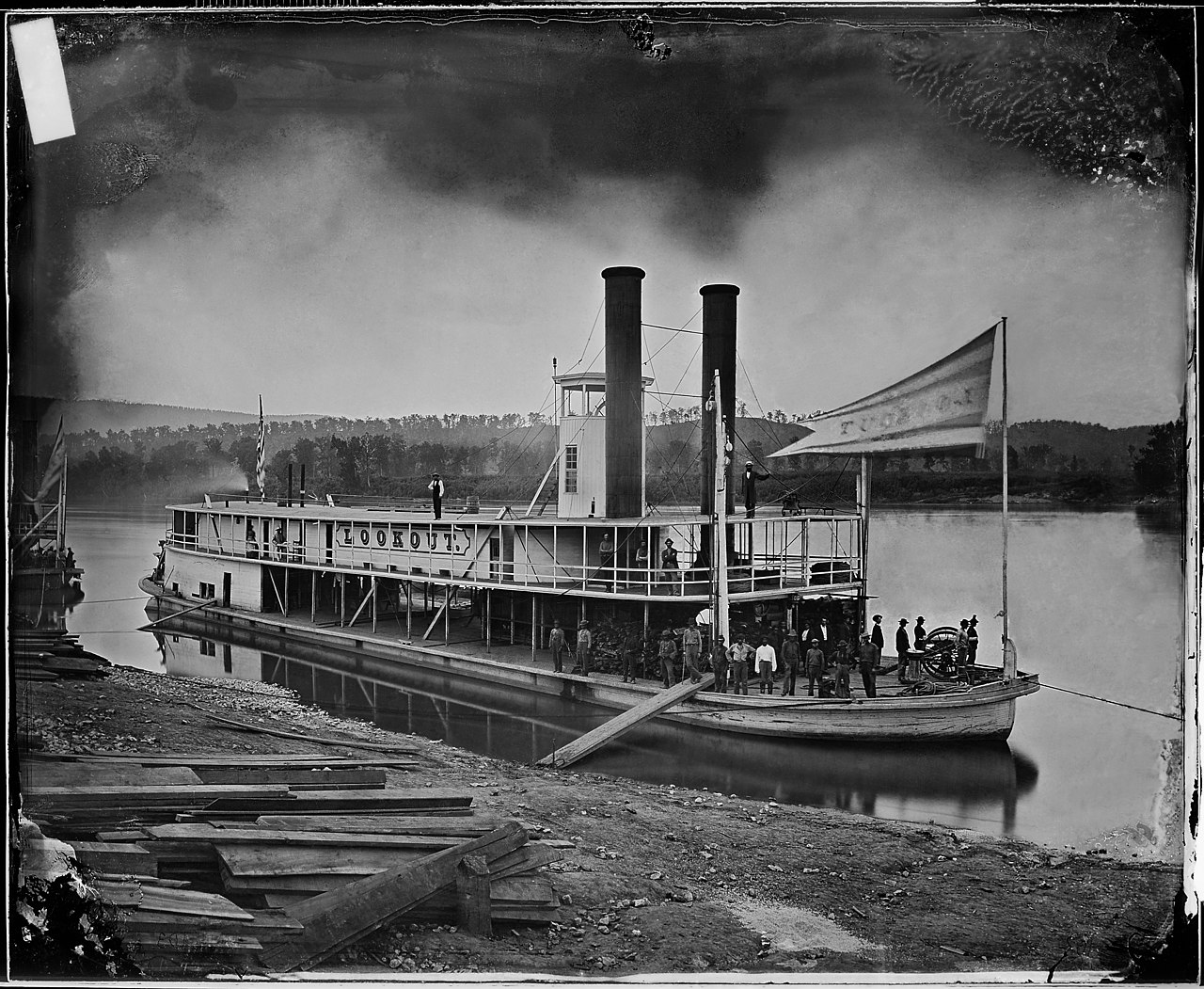Steamboats revolutionized commercial and passenger transportation upon their arrival in the Mississippi River and other inland rivers in the United States. They incredibly reduced shipping time and cost with their speed, allowing people and their goods to reach remote places. Thus, stimulating the U.S. economy and immensely contributing to the Westward expansion before the Civil War.
While steamboats undeniably helped people traverse waters, have you ever wondered how they purified water back then? Like steamboats, water filtration has an interesting history, another proof of human creativity and innovation used to make a better world.
source:Mathew Benjamin Brady, Public domain, via Wikimedia Commons
History of Water Filtration
Water filtration traces its roots to 2,000 BC. Sanskrit and Ancient Greek writings were found showing different methods for water treatment. Back then, people already knew that heat purifies water and used boiling, straining, and water filters like sand and gravel.
Having no idea about harmful microorganisms and chemical contamination and how to distinguish clean versus foul water, people’s primary goal was to provide the water with a better taste and turbidity. Around 1500 BC, the Egyptian civilization discovered the principle of water coagulation. This water treatment process manipulated electrostatic charges of particles present in the water and separated solids from the liquid.
In 500 BC, Hippocrates, believing that water must be clean and pure, developed the first bag filter called the Hippocratic sleeve. As water passed through the cloth, silt and other sediments were sieved, eradicating the particles that made water smell and taste bad.
Around 300-200 BC, the Romans came and changed the landscape of water distribution. Springs, rivers, and groundwater were utilized for provisioning. Being among the greatest architects in history, they constructed dams allowing the formation of lakes.
Later on, they started building aqueducts for water transportation. Aqueducts were sophisticated, remarkable feats of engineering during their time. It brought freshwater to highly-populated cities and industrial centers through a series of pipes, channels, tunnels, canals, and bridges, building an extensive, complicated yet effective network for transporting water. Most of these aqueducts were constructed underground to protect them from foreign pollutants and war.
Some evidence of these aqueducts remains in Spain, France, Germany, North Africa, Greece, and Turkey, while many concepts from these magnificent structures are still employed today.
After the collapse of the Roman Empire, water treatment became neglected. The impressive aqueducts have gone to pot. There was also little effort done in the aspect of water treatment, affecting the public access to clean water. Eventually, situations got worse. Water sources were polluted with waste and excrements, causing diseases and even death to people who drank it. People had to go outside the city to get water from clean rivers or be carried in the town by water-bearers.
In 1627, Sir Francis Bacon heralded a new era in water treatment practices. The English philosopher and statesman experimented on seawater desalination by having water percolate through the sand to remove salt and purify the water. While his experiment didn’t succeed, it was a stepping stone for other scientists to explore the idea.
In 1670, Zacharias Janssen, a Dutch eyeglass maker, created the first form of the compound microscope, which then enabled Dutch scientist Antoine van Leeuwenhoek to observe microorganisms in the seawater. It was a significant advancement in water treatment, as people now could see microscopic bacteria and other particles present in the water, remove them, and make the water cleaner.
Jumping to the mid-1700s, Joseph Amy secured the first patent for a water filter. It was made of charcoal, sponge, and wool layers, which helped purify water in homes. In 1804, Paisley, Scotland, became the first municipality to have a water treatment plant. Designed by Robert Thom, it used slow sand filtrations. Purified water was first carried by horse-drawn carts and later on was supplied through water pipes.
Amidst the peak of the Steamboat Era in the United States, a cholera outbreak occurred in Copenhagen, Denmark. John Snow mapped it to a sewage water system contaminating the Broad Street pump. The event reinforced the practice of installation of water filters, water sanitation, disinfection, and chlorination in the following decades.
As the Steamboat Era started to dwindle, it was only then that America began to adopt water filtration processes. Early filtration systems started in the 1890s using sand filtration. While some sand filters could remove some germs, it was later recognized that water treatment was also necessary. Various filtration methods were combined to purify the water, and chlorine was added to purify the water. As such, the number of people suffering from waterborne diseases declined.
Yet, it was soon found that vaporized chlorine is a toxic respiratory irritant. As such, research started looking for other options. In 1902, Belgium began using ferric chloride and calcium hypochlorite. Four years later, France built the first drinking-water plant with ozone.
Back to the United States, 1914 saw the enactment of the first federal drinking-water standards. It was followed by the passage of the US Water Pollution Control Act in 1948, the Federal Water Pollution Control Act in 1956, and the US Water Quality Act in 1965.
Valuing the right of everyone to receive safe water, the Clean Water Act and the Safe Drinking Water Act were passed in 1972 and 1974, respectively. At that time, efforts to keep drinking safe were no longer against diseasing-causing microorganisms alone but to safeguard it from artificial pollutants, such as chemicals, pesticides, and industrial waste. With that, new standards and regulations were also enacted, while water treatment plants adjusted by employing flocculation, aeration, carbon absorption, and other new effective ways of water purification.
Today, when steamboats are no longer part of the modern-day era and don’t have the same purpose they had during their heyday, water filtration remains and will always be an essential aspect of our daily lives. As humans have proved in the history of steamboats and water purification, we are undoubtedly set to see more innovation securing our access to clean, safe drinking water.

